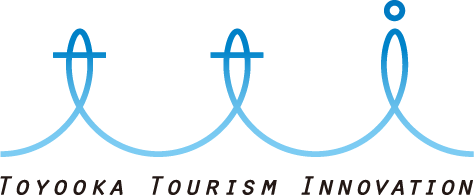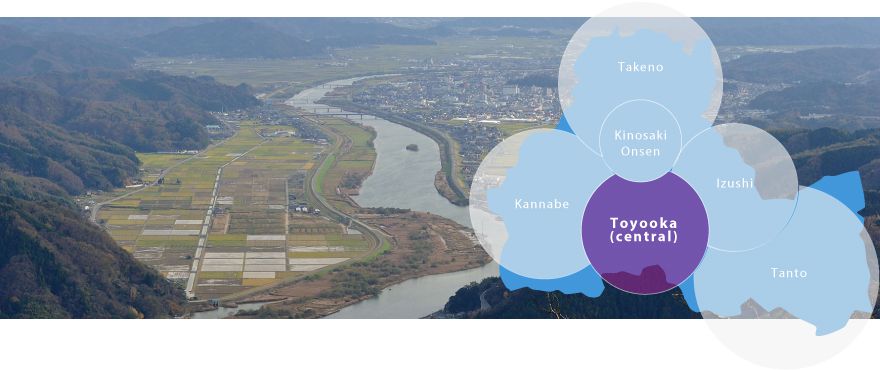
TOYOOKA
Toyooka City is nicknamed the “bag city” because it is Japan’s largest producer of bags. Here you can find many locally-owned cafes, restaurants, and boutiques. The main street is a covered arcade that runs perpendicular from JR Toyooka Station and is where you will find various restaurants, coffee shops, clothing boutiques and other specialty stores. At night you can find several bars, “snack” bars and izakaya open late and filled with energetic locals out for an after work drink and a chat with friends or co-workers.
Points of Interest
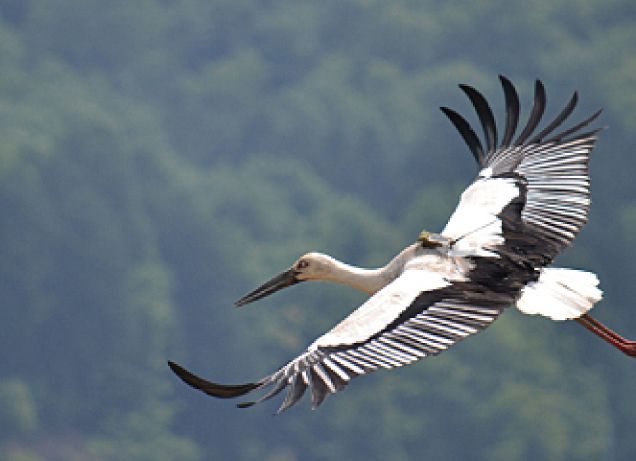
- Kounotori – Oriental White Stork
- Designated as a special natural treasure and a rare domestic wildlife. The wild stork population became extinct in 1971, but through conservation and breeding efforts the stork population is being restored.
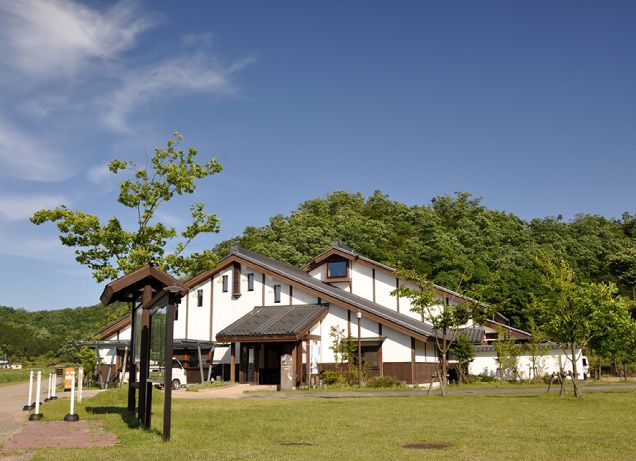
- Culture Pavilion
- Inside the pavilion you will find dioramas and displays on the storks and their habitat. In the back of the building there is also a theater where you can watch a documentary on the revival of the stork.
Toyooka Kaban (Bag)

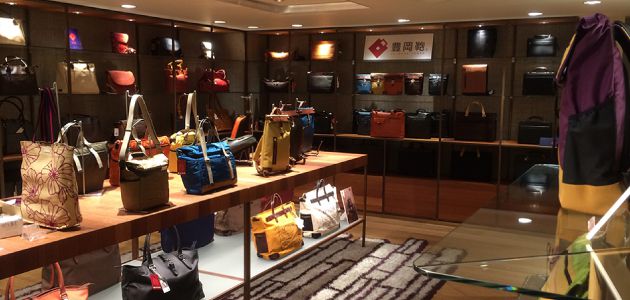
Toyooka is the largest bag producer of Japan and has been producing bags for over 1,000 years. The first bags were actually baskets made of intricately woven willow. Improvements and advancements were made to the baskets by adding belts, fasteners and handles. Over time they developed into the painstakingly detailed bags of the highest quality you see today. Only bags that meet the strict criteria set by the Hyogo Prefecture Bag Manufacturing Union are given the trademark registration. These bags stand in par with well known French and Italian brands.
Yanagi Festival
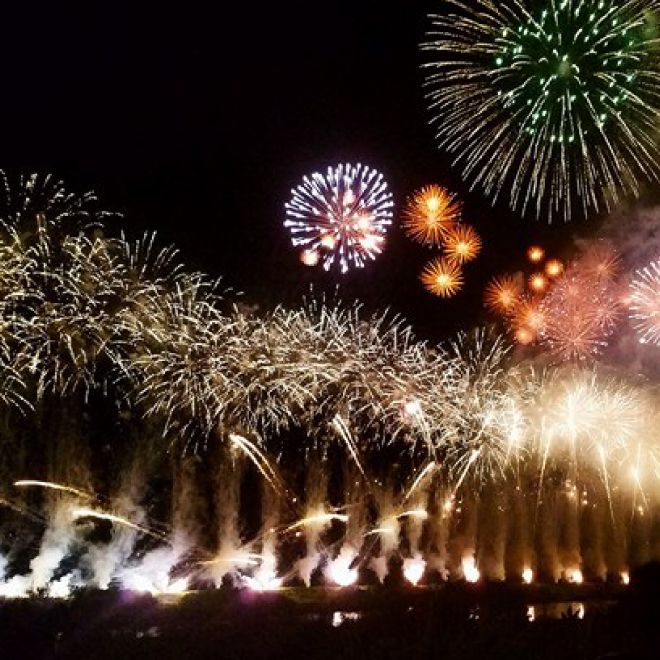
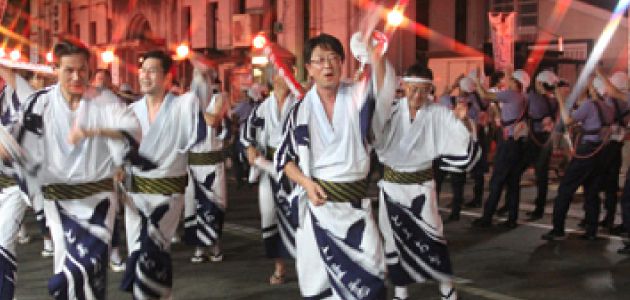
Every year on August 1st and 2nd, the town holds its summer festival, Yanagi Matsuri (matsuri meaning festival). This is one of the three largest festivals in the region and has been a tradition since 1935, celebrating the area’s production of wicker baskets made from willow (yanagi), which was the start of Toyooka’s biggest industry. On the evening of August 1st local companies, groups and schools dress up in festival garb and dance up and down Daikai Street. Then in the evening the next day, festival booths are set up towards Caban Street and fireworks can be viewed at night over the river.

